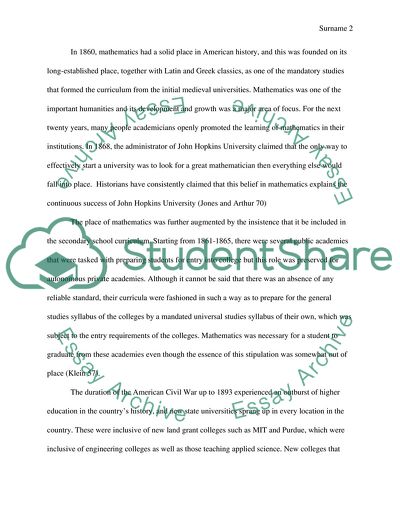Cite this document
(History of Mathematics Report Example | Topics and Well Written Essays - 3000 words, n.d.)
History of Mathematics Report Example | Topics and Well Written Essays - 3000 words. https://studentshare.org/mathematics/1823162-history-of-mathematics-in-secondary-school-in-the-usa
History of Mathematics Report Example | Topics and Well Written Essays - 3000 words. https://studentshare.org/mathematics/1823162-history-of-mathematics-in-secondary-school-in-the-usa
(History of Mathematics Report Example | Topics and Well Written Essays - 3000 Words)
History of Mathematics Report Example | Topics and Well Written Essays - 3000 Words. https://studentshare.org/mathematics/1823162-history-of-mathematics-in-secondary-school-in-the-usa.
History of Mathematics Report Example | Topics and Well Written Essays - 3000 Words. https://studentshare.org/mathematics/1823162-history-of-mathematics-in-secondary-school-in-the-usa.
“History of Mathematics Report Example | Topics and Well Written Essays - 3000 Words”. https://studentshare.org/mathematics/1823162-history-of-mathematics-in-secondary-school-in-the-usa.


